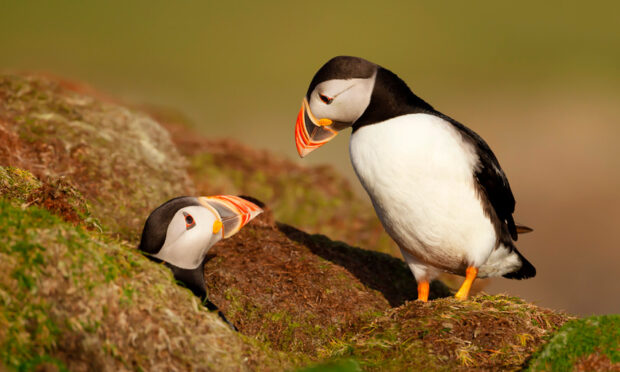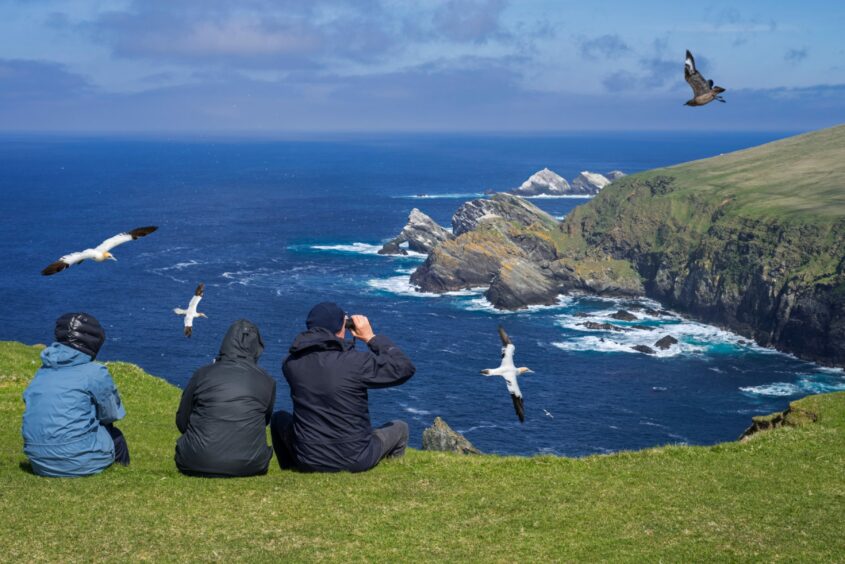NatureScot has announced it is closing two famous island national nature reserves to the public in response to the current bird flu outbreak.
Tourist landings at Noss National Nature on Bressey in Shetland and Isle of May Reserve in the Firth of Forth will shut from Friday, July 1.
The emergency measure is in a bid to help protect vulnerable seabird populations from avian influenza.
NatureScot will also be advising visitors not to take direct access onto seabird colonies on other National Nature Reserves (NNRs) such as Hermaness.
The measure is the latest in response to growing concern over the spread and impact of the current H5N1 strain of avian flu, particularly in seabird colonies.
The virus is widespread across Scotland, with positive cases recorded in Shetland, Orkney, St Kilda, Lewis and St Abbs.
What birds have been infected?
Great skua and gannets have been hardest hit.
Sample surveys of colonies show a 64% decline of great skua on St Kilda and 85% at Rousay in Orkney.
Great black-backed gull, Arctic tern, common guillemot and puffin have also tested positive.
The decision to restrict access to NatureScot’s two island NNRs, which in summer are home to hundreds of thousands of breeding seabirds, has been taken to limit the spread of the virus through bird populations and give colonies the best possible chance of survival and recovery by reducing any additional stress.
While avian flu has been confirmed in gannets at Noss, there have been no confirmed cases on the Isle of May yet.
At other coastal NNRs such as Hermaness in Shetland, NatureScot will ask visitors not to walk through seabird colonies but to enjoy the spectacle from a distance. Local signs will be in place at those reserves affected.
Eileen Stuart, from NatureScot, said: “The decision to close these reserves has not been taken lightly, but we are increasingly concerned about the devastating impact avian flu is having in Scotland, particularly on our seabird colonies.
Situation rapidly deteriorating
“Our island reserves in particular are a haven for internationally important bird populations. The situation has been rapidly evolving and deteriorating, and we feel at this time that restricting access to these sites, and reducing it at others, is a precautionary but proportionate approach that gives us the best chance of reducing the spread of the virus and its impact.
“We recognise that this will be disappointing for those planning a visit but we hope people understand that this is about protecting our precious seabird populations for the future.”
People will still be able to see the birds from a distance by taking a round-island sea trip.
She added: “We will be keeping the situation under regular review over the coming weeks.”
NatureScot, in discussion with the British Trust for Ornithology (BTO), has already suspended ringing and research activities in seabird colonies for the remainder of the breeding season, with the exception of essential surveillance of avian flu.


Conversation